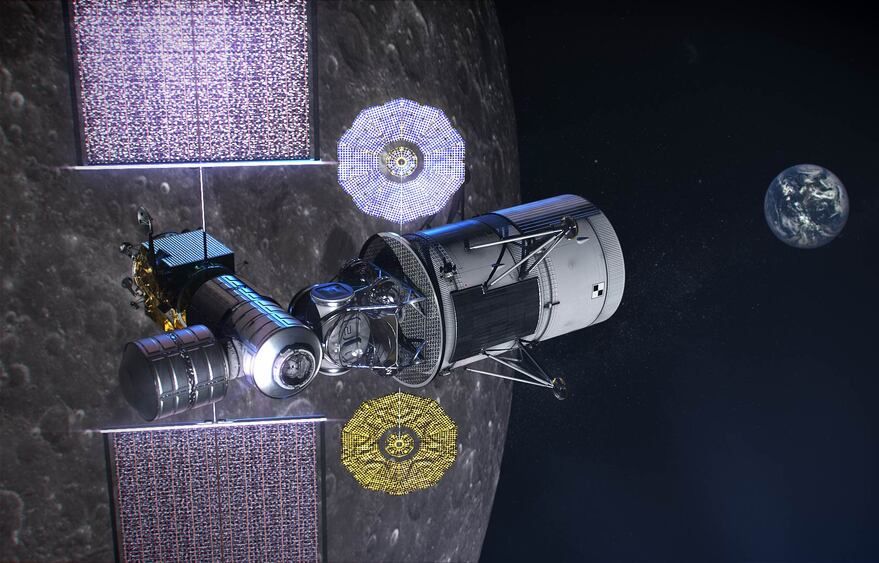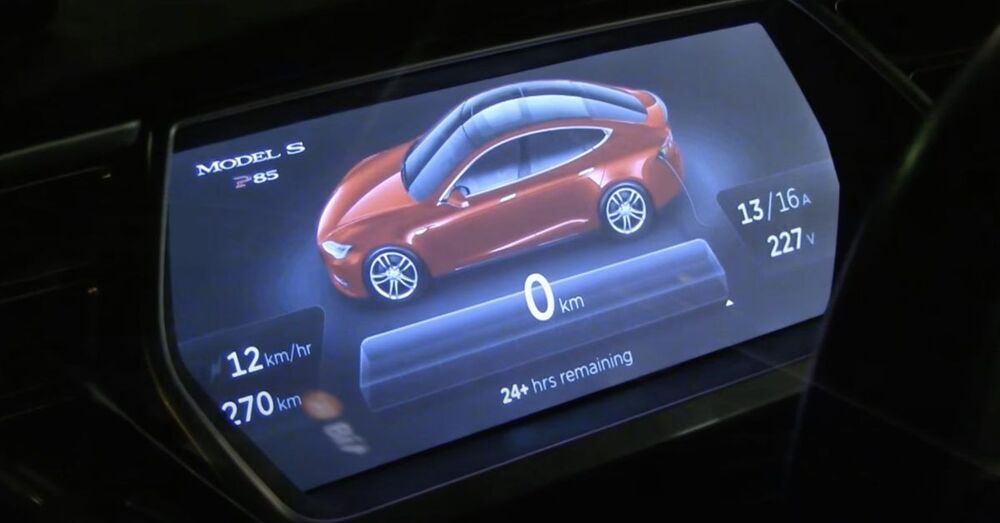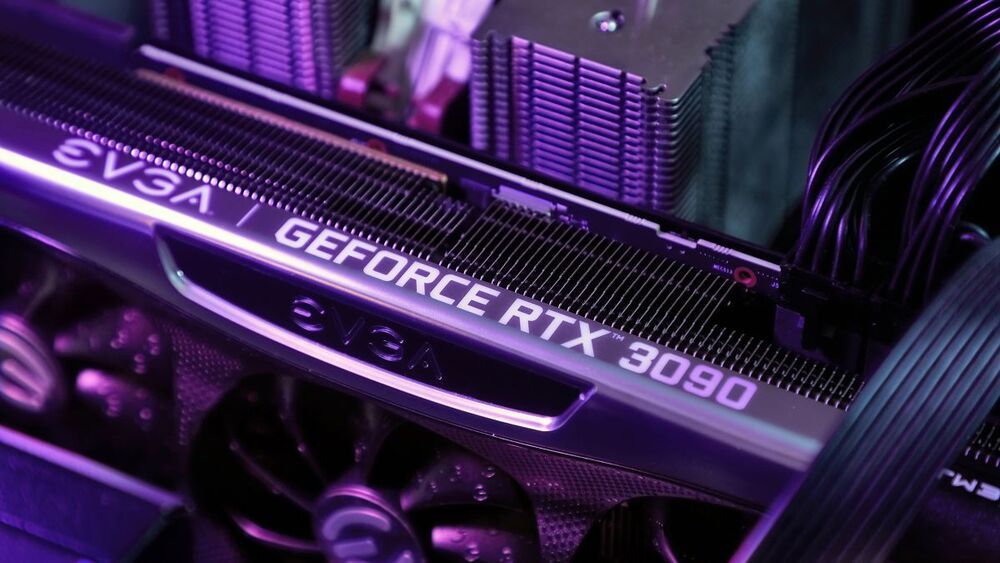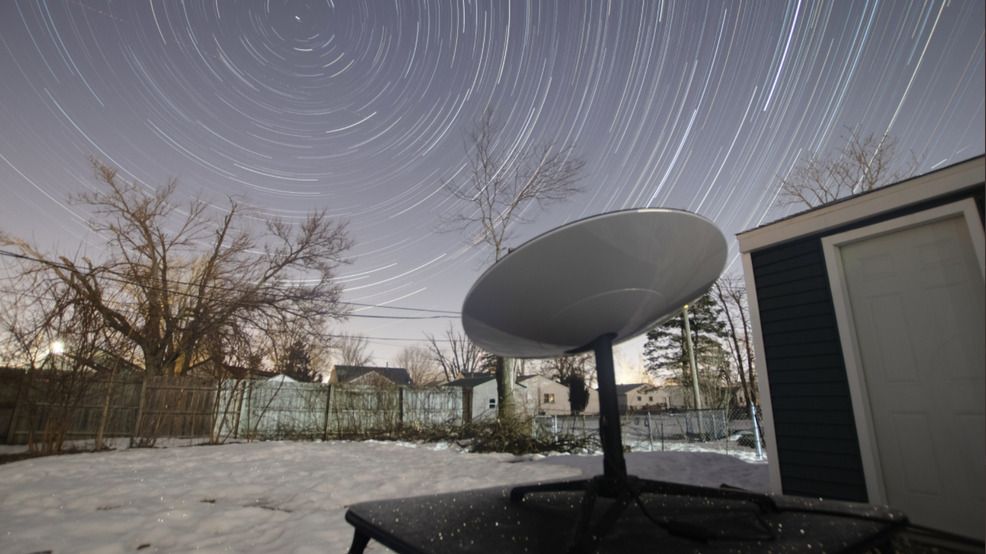Space communications and navigation engineers at NASA are evaluating the navigation needs for the Artemis program, including identifying the precision navigation capabilities needed to establish the first sustained presence on the lunar surface.



In response to an independent range test, Tesla has reportedly claimed that the EPA range on its vehicles can be achieved by draining the battery pack beyond the zero-mile displayed range.
Last month, we reported on Edmunds conducting independent range tests on a bunch of electric vehicles to compare them to their EPA estimates.
The results showed that Tesla is using the most optimistic versions of its EPA estimated range in its advertising compared to other automakers.

About half of the relatively small portion of the universe that is not dark matter or energy is in fact a mixture of gases that may connect galaxies in a kind of loose cosmic web, according to new research illuminating vast areas that were previously unknown.
Until now, this sizable chunk of “baryonic matter,” which makes up 5% of the universe, had been unaccounted for. Researchers from institutions in Spain and the Argonne National Laboratory in Illinois detailed their findings in a study published March 25 in Monthly Notices of the Royal Astronomical Society.
While the other 95% of the universe is made up of dark matter and dark energy, baryonic matter comprises stars, planets, galaxies and everything they contain, including living things. Astronomers knew it was there, but didn’t know if it was more stars, planets or anything else that wasn’t dark matter or energy.


For many Iowans, the first they heard of SpaceX Starlink Internet is when the strange lights started appearing in the night sky in Spring 2020. Long “trains” of dots, each dot being a Starlink satellite.
“There’s all these lights and what looked to me like they were jets,” said John Dunnegan a resident living in rural Des Moines County, Iowa northwest of Burlington. “I thought we were being attacked by Russia. I thought ‘what is that?’ They were all in perfect file. I got on the internet started checking around, and found out what it was. It was Elon Musk’s Starlink.

A proposed flagship in crossover form.
From the moment the Lexus brand made its debut at the North American International Auto Show in Detroit 29 years ago, the LS sedan has been the division’s flagship. But the luxury segment, just like the rest of the automobile market, increasingly is turning away from sedans and toward crossovers. So Lexus is testing the waters for what it dubs “a new flagship luxury crossover” with the debut of the LF-1 Limitless concept at this year’s Detroit auto show.

A huge container ship blocking the Suez Canal like a “beached whale” may take weeks to free, the salvage company said, as officials stopped all ships entering the channel on Thursday in a new setback for global trade. The 400 metre Ever Given, almost as long as the Empire State Building is high, is blocking transit in both directions through one of the world’s busiest shipping channels for oil and refined fuels, grain and other trade linking Asia and Europe. The Suez Canal Authority (SCA) said earlier that nine tugs were working to move the vessel, which got stuck diagonally across the single-lane southern stretch of the canal on Tuesday morning amid high winds and a dust storm.
Bill Faloon’s newest Age Reversal Update.
“Our task is to make nature, the blind force of nature, into an instrument of universal resuscitation and to become a union of immortal beings.“
- Nikolai F. Fedorov.
We hold faith in the technologies & discoveries of humanity to END AGING and Defeat involuntary Death within our lifetime.
Working to Save Lives with Age Reversal Education.
========== Perpetual Life Creed ==========
We believe that all of life is sacred and that we have been given this one life to make unlimited. We believe in our Creator’s divine plan for all of humanity to have infinite lifespans in perfect health and eternal joy, rendering death to be optional.


Your Survival Depends On All Of Us — Support Open Sourcing Collective Superintelligence Basically, the point of the summit is Artificial Superintelligence or ASI is coming eventually. There are groups of organizations discussing the existential risk that ASI poses to humanity. Even if we only develop an AGI, AGI will still create ASI and we lose control at some point. Supporting the Open Sourcing of Collective Superintelligent systems is our only hope for keeping up and moves us forward before other technologies outpace our ability to keep up. Please support our Summit and help decide how to open source a version of the mASI (mediated Artificial Superintelligence) system, and the creation of a community-driven effort to make these systems better and better. Attendance helps to raise enough money to cover the costs of support services, cloud infrastructure, and the digital resources needed to get this open-source project up, covering publishing and support costs, while also making people aware of it. Papers and formal thinking also are really needed. This particular field of collective intelligence is poorly represented in terms of scientific papers and we hope this project can bring more prominence to this possibility of helping humanity become more than what we are and strong enough to contain AGI while we ourselves are able to become smarter and move to full digitization of humanity for those that want it. Then we can contain ASI safely and embrace the singularity. Please help, save yourself and humanity by support the Collective Superintelligence Conference. Sign up and attend here:
This is the early bird sign-up for the virtual summit held June 4th from 6 am PST to 4 pm PST via Zoom and Youtube. Speakers and Panelists, and workshops will be held in Zoom, and streaming will be done via Youtube.
Who is Running the Summit:
This summit is run in conjunction with BICA (Biologically Inspired Cognitive Architecture) Society and the AGI Laboratory, and The Foundation.